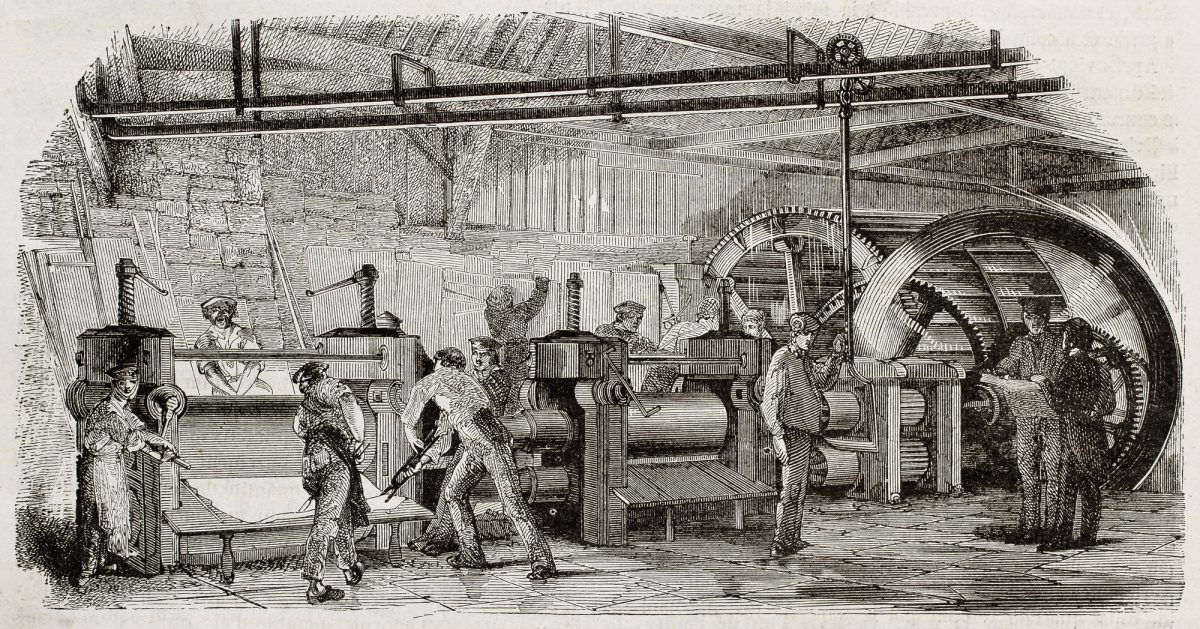Metal etching was first used by medieval gunsmiths. The decorations on their products were not inferior to those that came out from under the hands of skilled jewelers. By etching, gunsmiths replaced the manual engraving, without losing their former artistic qualities.
The etching process has been widely practiced since the beginning of the XVI century. Between 1500 and 1750, the most famous metal etching masters lived in southern Germany and northern Italy. Some stunning works of etching masters from the Middle Ages have survived to the present day and are located in the Victoria and Albert Museum in London. In the XVII century, in Holland, France and Italy, etching reaches its independence in art and receives the greatest development.
Acid etching began to be used instead of the more time-consuming and technically complex method of manual engraving. Thus, we can find out the difference between etching and engraving. While etching is the art of creating an image using an acid that removes metal, engraving is a printing method in which the artist uses a sharp and pointed tool to cut lines on the surface of the metal. Etching is ideal for metal materials, while engraving can be used for metal, wood, plastic and stones.

